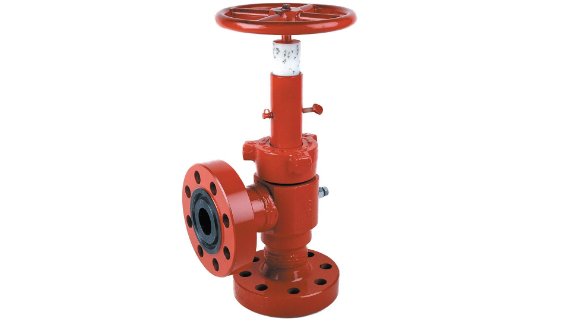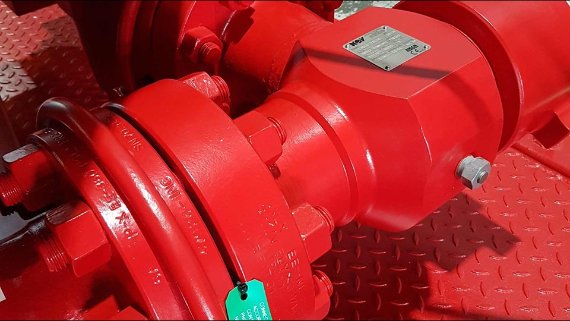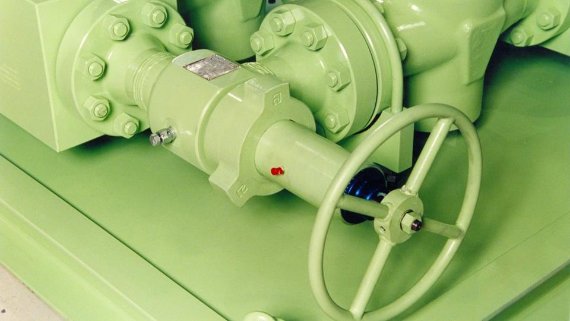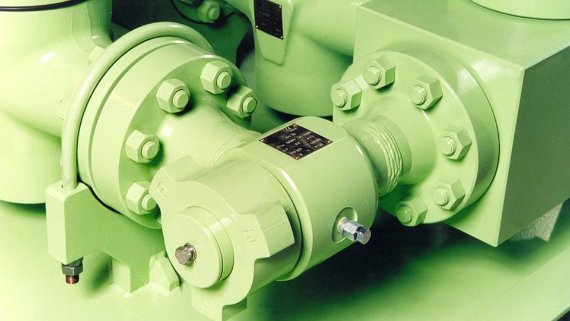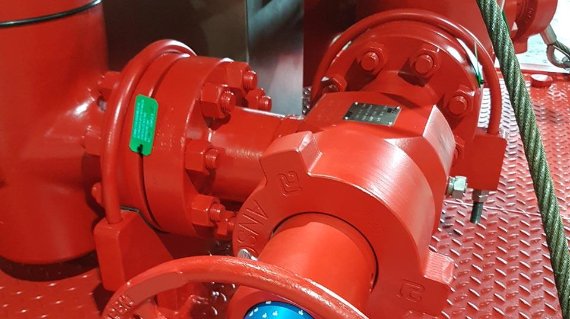Control flow rate and reduce pressure for processing of produced fluids farther downstream with the Anson choke valves.
Choke valves are used to control flow rate and reduce pressure for processing of produced fluids farther downstream. Our Anson™ choke valves are offered in two basic body styles (adjustable and positive) and three body types (AH2, AD2, and AR2).
Anson choke valves have interchangeable bodies. The bonnet can be removed on the adjustable valve and replaced with the positive choke valve bonnet, and vice versa. In most cases users will determine the desired calibrated orifice size using the adjustable valve and then convert this to the positive valve with the corresponding choke bean in place.
Adjustable choke valve
The Anson adjustable choke valve is manually operated via a handwheel. This is a stem and seat design, with the desired flow rate achieved by turning the handwheel to achieve a calibrated orifice size. The orifice size is visible on a sleeve located above the valve bonnet.
Positive choke valve
An Anson positive choke valve uses a choke bean to provide a fixed flow rate. This valve has no manual means of operation. The choke beans are supplied separately and are measured in orifice sizes of 64ths of an inch.

